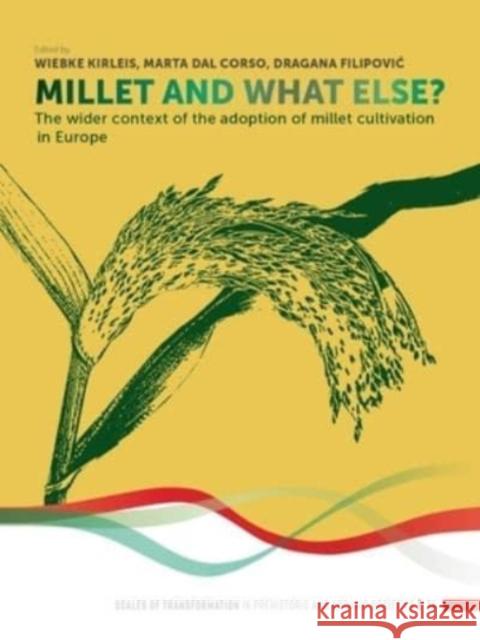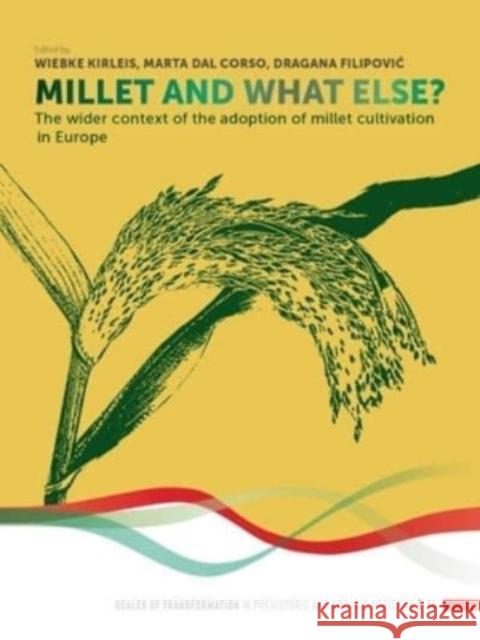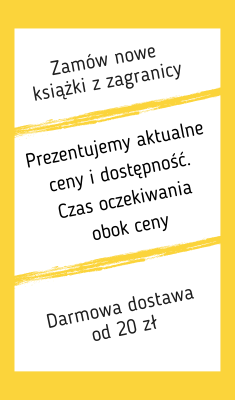Wyniki wyszukiwania:
wyszukanych pozycji: 3
 |
Early Farming in Central Anatolia: An archaeobotanical study of crop husbandry, animal diet and land use at Neolithic Çatalhöyük
ISBN: 9781407313092 / Angielski / Miękka / 2014 / 167 str. Termin realizacji zamówienia: ok. 30 dni roboczych (Bez gwarancji dostawy przed świętami) The Neolithic CatalhOyUk (c. 7400-6000 cal. BC), in the Konya Plain of Central Anatolia, was made famous by the excavations of James Mellaart in 1960s, who uncovered remains of a large, pueblo-like agglomeration of houses ('the world's first city'). Renewed excavations at the site over the past twenty years have used a range of current recovery techniques, including systematic sampling of archaeological deposits for archaeobotanical remains. The archaeobotanical recovery programme represents a unique opportunity to directly investigate the socio-economic underpinnings of an early 'town'... The Neolithic CatalhOyUk (c. 7400-6000 cal. BC), in the Konya Plain of Central Anatolia, was made famous by the excavations of James Mellaart in 19... |
cena:
294,63 |
 |
Millet and What Else?: The Wider Context of the Adoption of Millet Cultivation in Europe
ISBN: 9789464270167 / Angielski / Twarda / 2022 / 320 str. Termin realizacji zamówienia: ok. 30 dni roboczych (Bez gwarancji dostawy przed świętami) |
cena:
657,15 |
 |
Millet and What Else?: The Wider Context of the Adoption of Millet Cultivation in Europe
ISBN: 9789464270150 / Angielski / Miękka / 2022 / 320 str. Termin realizacji zamówienia: ok. 30 dni roboczych (Bez gwarancji dostawy przed świętami) |
cena:
219,05 |










